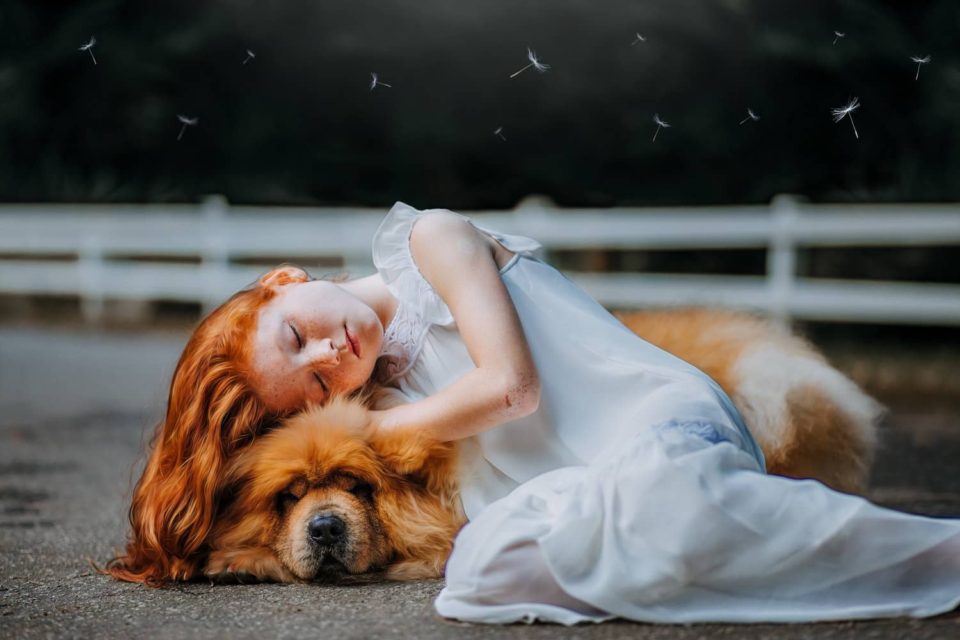Does it appear that your dog is losing hair in patches or all over its body? There is a need for you to understand what may be happening.
A thick and glossy coat is evidence that your dog gets everything it needs in its diet, lifestyle, and environment. Your distress at seeing it shed and lose hair is therefore understandable, especially when you are not sure of what is happening.
Alopecia, commonly known as hair loss in dogs, is common. This disorder brings about complete or partial hair loss. It may have an impact on your dog’s skin.
Other parts of its body that can also be affected are its lymphatic system, immune system, and endocrine system. Alopecia can happen to dogs of any age, breed, or gender. It can happen gradually or acutely. You can read more here.
Symptoms
Alopecia is exceptionally obvious and is typified as diverse or regular hair loss. In other words, it may come with obvious circular shapes or some irregular but identifiable outline.
A brittle feel, a dry feel, an unusual shedding of hair, localized inflammation and crusting, and manifestations of circular bald patches are enough signs of your dog’s alopecia.
With some dogs, scaling also happens to the skin. Alopecia can be confined to a particular region, but it can also spread out all over your pet’s body.
Causes of Alopecia
Infestation is the greatest cause of alopecia. Demodex, a mite, is typically the cause of infestation. Other parasitic sources of infestation are lice and fleas.
Fleas are usually the suspect if the hair loss is happening in the tail or neck region. These parasites are so tiny, and they multiply rapidly. They irritate the skin, a situation that leads the dog to extreme scratching and subsequent alopecia.
Your pet’s persistent licking of itself and scratching shows it is uncomfortable or experiencing discomfort from its skin. As it does this, it weakens specific areas of skin, which eventually results in the coat pulling out.
When hair follicles have disrupted growth due to trauma, immune diseases, abnormalities in the endocrine system, and infections like dandruff and eczema, alopecia can occur. Hair follicle inflammation can also result in the disappearance of several hair patches. However, if this is more widespread, it may be symptomatic of a specific disease.
Nutrients can also be a major factor.You can check here: https://pethempcompany.com/blogs/issues/hemp-oil-for-dogs-with-hair-loss for more on this.
The absence of nutrients that bring about healthy skin and hair will definitely result in alopecia. Certain amino acids are needed for keratin, which is the hair’s main component, to be properly synthesized.
Measured hair growth, brittleness, and alopecia are likely to result in the absence of these amino acids. Another very important nutrient is biotin, as it also supports healthy skin and hair.
Your dog’s alopecia can be the result of testicular or ovarian tumors, especially in seniors. The tumor is known to secrete hormones that interfere with the sexual cycle and the growth of a healthy coat.
Other causes of this problem that are common among dogs are Cushing’s disease and hypothyroidism. Both have to do with excess hormone production, which leads to several challenges, including alopecia.
Diagnosis
Developing a good treatment plan depends on being able to make a good diagnosis that reveals the severity and pattern of the ailment. Some things that will be checked out during the diagnosis are:
- Occurrence in multiple areas—bacterial infections or ringworms are usually associated with this pattern of the ailment. With this spread into multiple areas, there is scaling and reddening of the skin. Scleroderma, often due to a recent vaccination or scarred tissue, can also bring about scaling and reddened skin.
- Symmetrical loss: this can result from adrenal glands producing high steroid levels. The same can also result from high estrogen levels, low secretion of female hormones, lowering thyroid levels, and hair loss due to testosterone issues.
- Patchy or generalized—usually associated with skin redness and inflammation. It is most commonly caused by mange but can also be caused by ringworm and bacterial infections
Treatment and Prevention
If the cause of alopecia is one of the complex causes, like Cushing’s disease, you will need to call a veterinarian to both handle the treatment and closely monitor progress. While you may do this, there are other ways to go about treating alopecia without going to the vet.
Rid your environment of fleas and flea eggs. If you notice that your dog scratches frequently, use specialist shampoos that are dermatologically approved.
This will alleviate itching, which in turn will prevent scratching. Remember, too, that nutrients matter. Feed your pet with nutrient-rich foods that can support the growth and maintenance of a healthy coat.
In Conclusion
Your dog deserves regular visits to the vet. Regular visits can help spot, on time, some ailments before they become full-blown. If you, however, notice signs of alopecia before it is time for a visit to the veterinarian, nothing says you must wait until your visitation date.
Take your dog to the vet to get a thorough checkup because early detection and treatment will do a lot of good. Your vet is also a good source of information on how to provide quality skin care for your dog. Go ahead and ask!
For more Guest Blogging Ideas, visit Etech Spider. Follow us on Facebook and Twitter.






